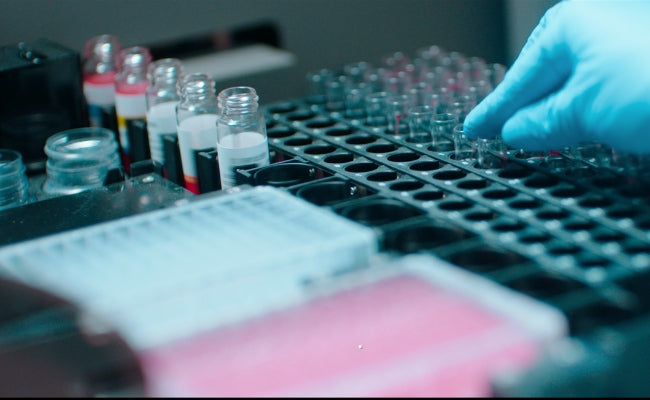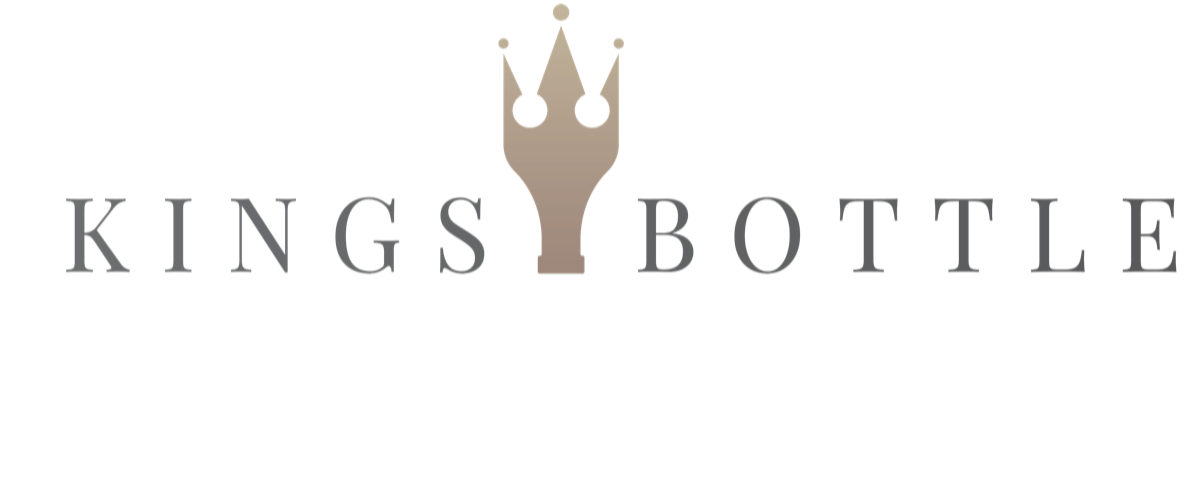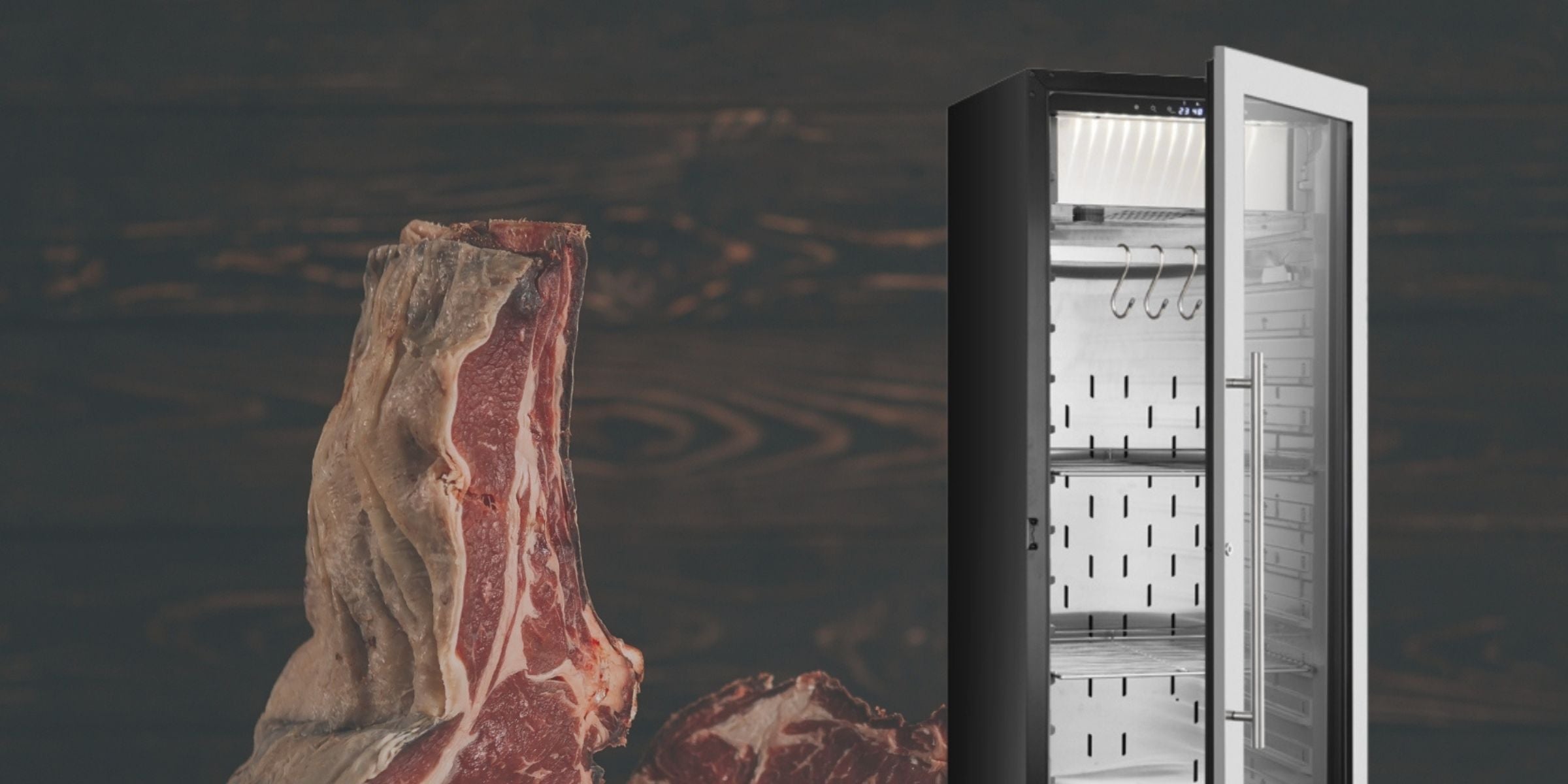
Vaccine Refrigerator Compliance: How to Meet Storage Guidelines in Clinics
Key Takeaways
-
Regulatory compliance for vaccine storage is vital for patient safety and legal requirements.
-
Purpose-built vaccine refrigerators and continuous temperature monitoring are best practices.
-
Rapid response protocols for temperature excursions or equipment failure must be in place.
-
Leadership, team culture, and smart technology are pivotal in sustaining compliance for the long term.
Vaccines save millions of lives each year, protecting individuals and communities from infectious diseases. However, their effectiveness hinges on strict storage conditions. Incorrect temperature control during storage or transport can render vaccines ineffective or even dangerous, leading to significant health risks and financial losses. In clinical settings, maintaining compliance with vaccine refrigerator standards is not just a regulatory requirement; it’s a crucial component of public health and patient safety.
The Importance of Proper Vaccine Storage
Vaccine Sensitivity and Potency
Vaccines are biological products that are highly sensitive to temperature fluctuations. Many vaccines can lose their potency if exposed to temperatures outside the recommended range, usually between 2°C and 8°C (36°F and 46°F). Unlike some medicines, vaccine potency lost to improper storage conditions cannot be restored, essentially making these remedies useless and possibly even harmful if administered.
Impact on Public Health
Ineffectively stored vaccines can lead to inadequate immunization, paving the way for outbreaks of preventable diseases. Recent years have seen measles outbreaks traced back to ineffective vaccination campaigns involving mishandled vaccines. Clinics have a critical role to play in preventing such outcomes through strict compliance with storage guidelines.
Financial Repercussions
Vaccines are expensive to manufacture and replace. Failure to adhere to vaccine refrigerator compliance can result in large financial losses for clinics, as well as administrative penalties from regulatory bodies.
Regulatory Guidelines and Standards
Governing Bodies and Key Documents
Several organizations establish and oversee vaccine storage regulations:
-
Centers for Disease Control and Prevention (CDC): Issues recommendations for vaccine storage and handling in the United States, including the Vaccines for Children (VFC) program requirements.
-
World Health Organization (WHO): Provides international guidelines, such as the “Immunization in Practice” manual and recommendations on cold chain management.
-
State and Local Health Departments: May impose additional or more stringent requirements.
Key Documents
-
CDC Vaccine Storage and Handling Toolkit
-
WHO Immunization in Practice
-
Manufacturer’s Package Inserts
Required Storage Conditions
-
Temperature Range: 2°C to 8°C (36°F to 46°F) for most vaccines; some require freezing or ultra-cold storage.
-
Proper Equipment: Use of purpose-built or pharmaceutical-grade vaccine refrigerators is generally mandated.
Core Elements of Vaccine Refrigerator Compliance
Achieving and maintaining compliance with vaccine storage guidelines requires careful attention to the following areas:
1. Equipment Selection and Installation
Selecting an Appropriate Refrigerator
-
Purpose-Built: Strongly preferred; ensures optimized storage conditions.
-
Capacity: Adequate to meet clinic demands but not so large as to create unmonitored dead spaces.
-
Shelving: Adjustable and designed to allow proper air circulation around all vials and packages.
Installation Best Practices
-
Location: Place refrigerators away from heat sources, direct sunlight, and high-traffic areas.
-
Stabilizing Power Supply: Avoid using extension cords; connect units to dedicated circuits where possible.
-
Level Position: Ensure the unit is on a flat, stable surface to facilitate door seals and even cooling.
2. Temperature Monitoring
Continuous Monitoring
-
Digital Data Loggers (DDLs): The CDC recommends continuous monitoring with DDLs capable of logging, storing, and downloading data at recommended intervals (at least every 30 minutes).
-
Min/Max Recording: Include tracking of minimum and maximum temperatures since the last check.
Manual Checks
-
Twice Daily: Logging and verifying of the current, minimum, and maximum temperatures, ideally at the beginning and end of the workday.
-
Documentation: Maintain logs for at least 3 years (check local/state requirements).
Alarm Systems
-
High/Low Temperature Alarms: Immediate alerts to staff in case of temperature breach.
-
Remote Monitoring: Some systems offer automated calls, texts, or emails for real-time incident responses.
3. Inventory Management
-
Stock Organization: Store vaccines by type and expiry date, using a “first-expiry, first-out” (FEFO) system.
-
Avoid Overcrowding: Allow air circulation around vaccine packages.
-
Placement: Keep vaccines in the center of the compartment, never in doors or near cold air vents.
4. Handling and Response to Excursions
Temperature Excursions
-
Definition: Any instance where vaccines are exposed to temperatures outside the recommended range.
-
Immediate Action: Isolate affected vaccines, label as “Do Not Use,” and contact the vaccine manufacturer or local health authority for guidance.
-
Documentation: Log the duration and context of the temperature excursion, actions taken, and manufacturer instructions.
Handling Power Failures
-
Contingency Plans: These should include alternate power sources, transfer protocols, and emergency contacts.
-
Thermal Blankets and Coolers: Standby supplies for safe transfer to another compliant unit.
Regulatory Compliance Procedures
1. Written Vaccine Storage and Handling Policy
Every clinic must maintain a comprehensive, up-to-date Standard Operating Procedure (SOP) covering:
-
Roles and responsibilities (primary/backup vaccine coordinators)
-
Equipment selection, setup, and maintenance
-
Temperature monitoring and documentation
-
Inventory processes (ordering, receiving, and disposal)
-
Emergency procedures
2. Training and Education
Onboarding Training
-
All staff involved in vaccine storage and handling must receive thorough training on compliance policies and use of equipment.
Ongoing Education
-
Annual Review: Mandatory refresher courses and updates to reflect new guidelines.
-
Competency Assessments: Regular checks to ensure staff retention of best practices.
3. Documentation and Record-Keeping
-
Temperature Logs: Daily manual and digital records.
-
Equipment Maintenance Logs: Scheduled service, calibration, and repairs.
-
Incident Reports: Detailed records of any excursions or refrigerator failures.
-
Inventory Management: Batch tracking, expiry, and disposal logs.
4. Program Participation (e.g., VFC)
Clinics participating in government vaccine programs face additional audits and spot checks. Strict compliance is essential to maintain program eligibility.
Best Practices for Day-to-Day Compliance
Physical Storage Guidelines
-
Never store food or drink in vaccine refrigerators.
-
Keep refrigerators well-stocked but not overcrowded.
-
Store water bottles in empty spaces to maintain temperature stability (leave space for air circulation).
-
Position vaccines away from cooling sources or fans to prevent freezing.
Routine Monitoring and Maintenance
-
Validate DDL calibration at least annually.
-
Clean condenser coils, door gaskets, and interior surfaces regularly.
-
Test and document alarms and backup power systems.
Responding to Alarms and Power Failures
-
Designate staff for after-hours alarm response.
-
Maintain written emergency procedures posted near units.
-
Ensure staff are familiar with transfer procedures and have out-of-hours contacts for alternate sites.
Transport and Receiving
-
Only receive deliveries during business hours when a trained staff member can immediately store vaccines.
-
Use compliant cold boxes or coolers for any required transport.
Common Pitfalls and How to Avoid Them
1. Use of Inadequate Equipment
Household refrigerators are much more likely to create temperature excursions. Purpose-built units minimize this risk.
2. Poor Record-Keeping
Missing logs can mean non-compliance even when storage conditions are otherwise maintained. Prioritize thorough, legible, and organized documentation.
3. Inadequate Staff Training
Rotating or temporary staff need robust onboarding and easy-to-reference written SOPs.
4. Infrequent Temperature Checks
Data loggers can fail or lose power, manual checks and dual-system monitoring provide redundancy and peace of mind.
Technological Innovations in Vaccine Storage
Smart Refrigerators
Modern vaccine refrigerators feature:
-
Automated Logging: Wireless data transmission and storage.
-
Remote Alarms: Instantaneously alert staff via multiple communication channels.
-
Cloud-Based Databases: Centralize documentation and trend analysis.
-
Predictive Maintenance: Monitors wear and usage to schedule preventative repairs.
Integrated Inventory Management
Some smart systems can integrate with EHR (Electronic Health Records) or practice management software, tying inventory to patient appointments and automating reordering.
Frequently Asked Questions
Is it required to use a pharmaceutical-grade refrigerator for vaccines?
Most programs highly recommend or even require this for best practice, but always check the latest local and national requirements.
How often should refrigerator temperatures be checked?
Manual checks should be documented at least twice daily, even with automated logging systems.
What should be done if a temperature excursion is detected?
Isolate vaccines, label as "Do Not Use," notify supervisors and manufacturers, and carefully log all findings and actions.
How can staff be kept up to date on vaccine compliance regulations?
Annual training, participation in health department webinars, and regular staff meetings support continuous education.
What are the signs of refrigerator malfunction?
Unusual noises, visible condensation, frost build-up, frequent alarms, or temperature deviations are clear warning signs.








